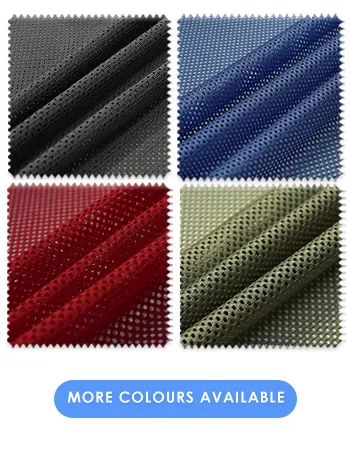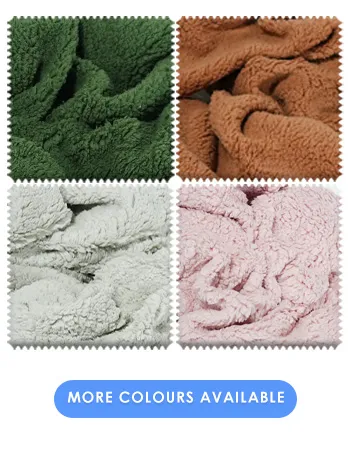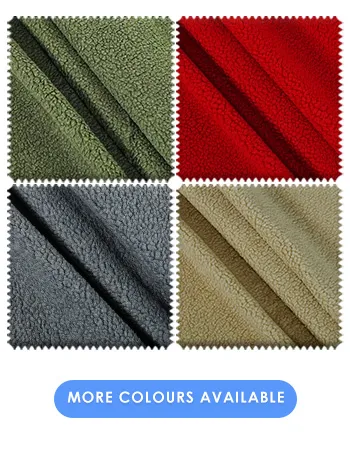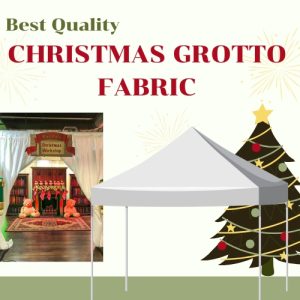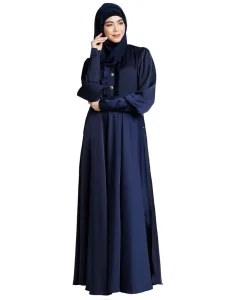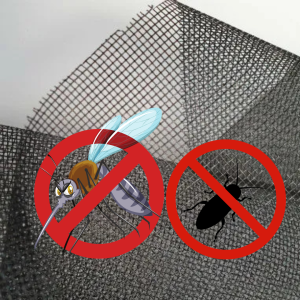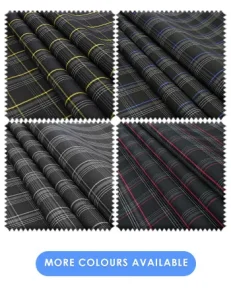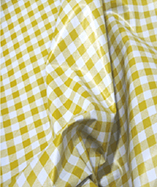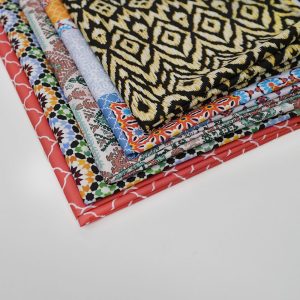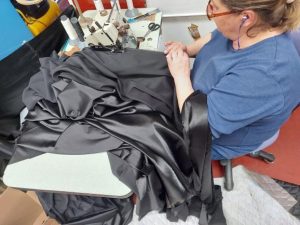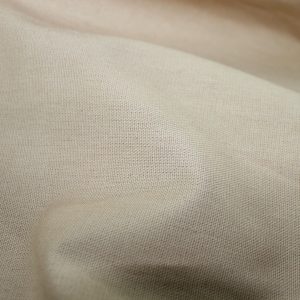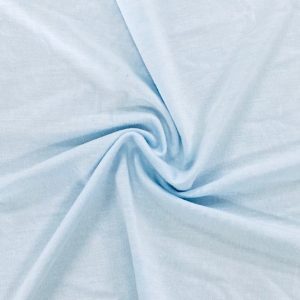Natural or Man-made Fibres
This is the first post in a three part blog series in which we give you an overview of what fabric is actually made up of: fibre, yarn, weave. We hope this will help you to make an better informed decision when choosing a fabric or simply top up your fabric knowledge!
In this particular post we define each of the main fibres used in fabrics, both natural and synthetic, including where they come from, their properties, advantages and disadvantages. It is essential to know how a particular fibre or fibre blend will impact the material’s overall performance qualities such as drape, insulation and wash care. The reason being that this will determine factors such as whether the fabric should be washed on a low temperature, and what weather conditions, garments and activities the fabric is ideal for. At Fabric UK we stock fabrics made from each fibre type described below.
Natural fibres
Cotton
- It is well known that cotton is the most commonly used fibre alongside polyester.
- It can be made or blended with other fibres to make many fabrics, from lightweight voiles to heavier canvases.
- Being a natural fibre it has to be grown on the cotton plant and picked in the form of a white fluffy ball (known as a boll) from around the cotton plant seeds.
- Each boll contains up to 20,000 staple fibres.
- Cotton is very breathable which it comfortable to wear especially in hot weather so that moisture can escape.
- Cotton can hold up to 27 times it’s own weight in water, but this also means it takes a long time to dry.
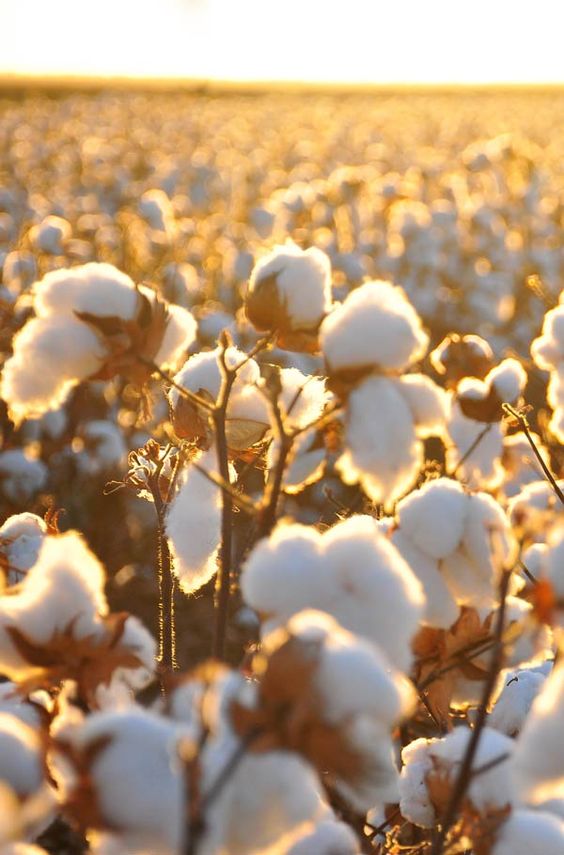
Jute
- Jute is one of the cheapest natural fibres to produce.
- It comes from the jute plant and is also one of the fibres in a category known as bast fibres.
- The properties of jute can vary depending on the climate and region the fibres have come from but it is often produced in India and Bangladesh.
- It is a hard, long, soft, shiny, coarse and strong vegetable fibre.
- It is environmentally friendly.
- Jute is a good insulating fibre and has low thermal conductivity.
- It also blends well with other fibres.
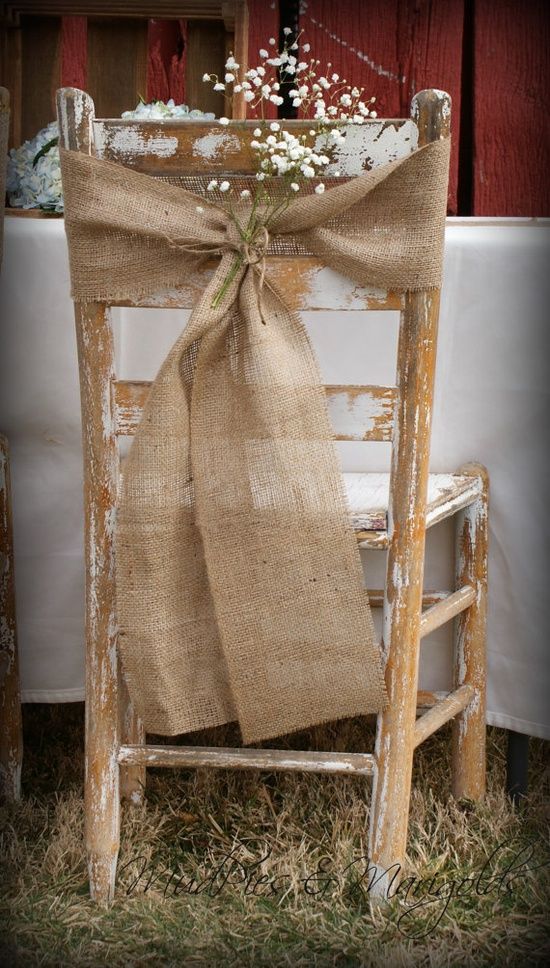
Silk
Silk which comes from the cocoon of a silkworm has many advantageous properties:
- It reflects light and dyes well.
- It can absorb up to 30% of its weight in water.
- Silk has a very good stretch to it which helps creases to fall out of the fabric without ironing.
- The low conductivity of silk makes it cool to wear in the summer and warm in the winter.
- Because silk is made up of continuous filaments rather than staple fibres, it is one of the strongest natural fibre fabrics.
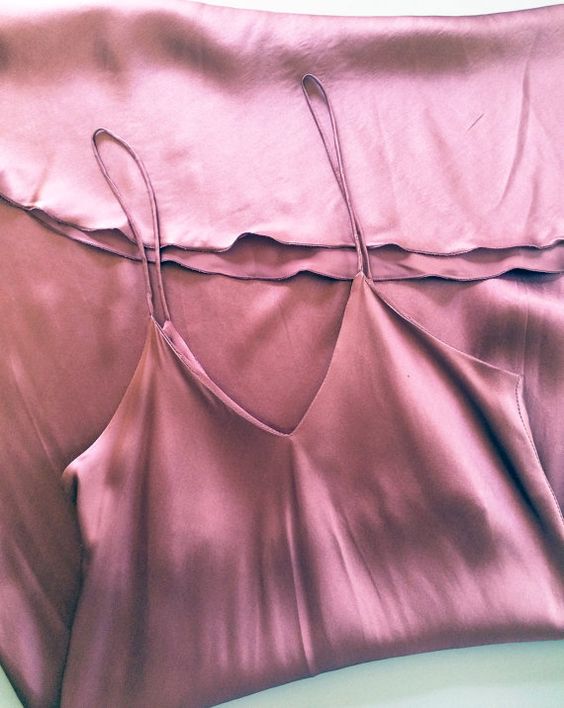
Linen
- Linen comes from the stem of a flax plant.
- Flax fibres are very durable making linen twice as strong as cotton and 3 times stonger than wool.
- However linen fabrics crease very easily and they do not have any stretch.
- Advantages of this fibre include no pilling problems and it is very air permeable (breathable) to wear which makes it especially good as a summer fabric.
- Cleaning wise stains can be washed out of linen easily and it is very quick to dry.
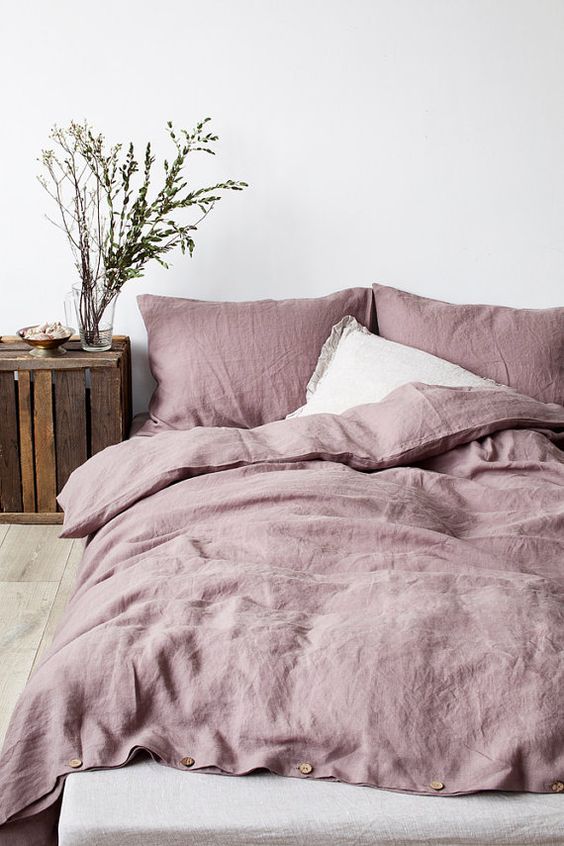
Wool
- Wool fibres, which are sheared from a sheep have a crimp which allows air to be trapped making it a good insulating fibre.
- Each fibre has many tiny overlapping scales which point in the same direction.
- The outside of wool fibres repel water and the inside of wool fibres absorb water making them hydrophobic and hydrophilic.
- Wool is naturally very flame resistant, very soft and insulating.
- Because of it’s natural crimp, wool resists creasing.
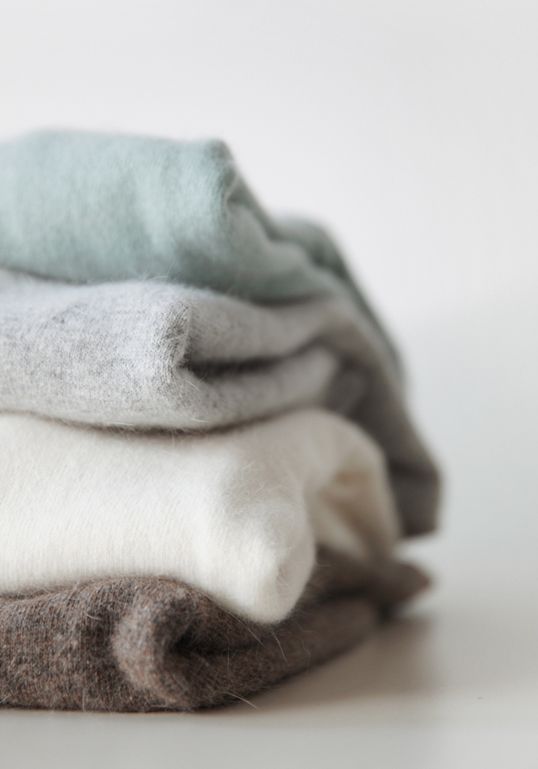
Man-made fibres
Polyester
- Polyester is the most widely used man made fibre.
- It is an easy care fabric meaning low maintenance when it comes it washing as the fibres do not absorb moisture and so it dries quickly.
- It is often used on its own or as a blend with another fibre such as cotton or wool.
- Because polyester fibres are strong, they are often used in sportswear and performance clothing and they also provide a good base for finishes such as waterproof coatings.
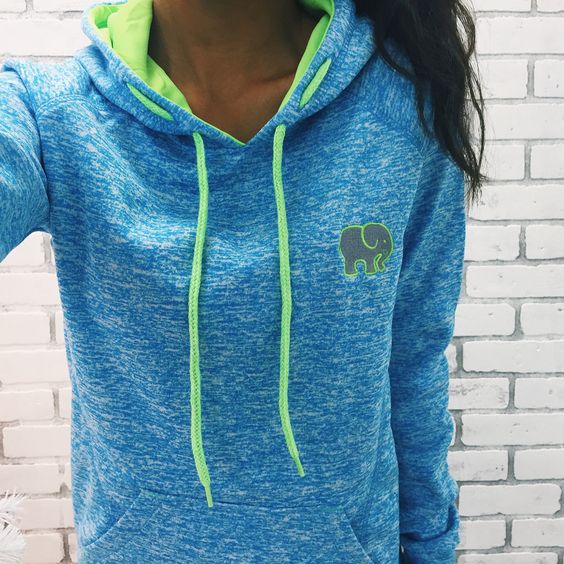
Acrylic
- Acrylic is a synthetic fibre used as a cheaper wool substitute with a similar tendency to pill.
- However, unlike wool, insects and moths are not attracted to it.
- They are manufactured as staple fibres and come in two forms: wet spun and dry spun.
- It has many advantages including crease resistance, easy care fibre and resistant to sunlight fading. and
- Acrylic’s good wicking properties means that moisture such as perspiration on the inside of the fabric can be quickly transported to the surface where it evaporated and released into the air.
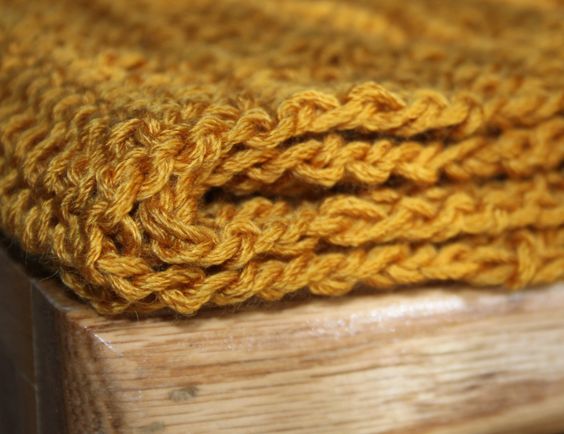
Nylon
- Nylon is the term for a family of synthetic polymers called linear polyamides which is essentially a plastic converted into light and fine fibres giving nylon fabrics a good lustre.
- It has good abrasion resistance and is strong.
- Nylon fabrics come under easy care fabrics.
- It has a good strength to weight ratio which means it can be lightweight and strong at the same time.
- This fibre is known for being water resistant, hence why it is used for waterproof clothing and umbrellas, although it does not let air out and so it is not very breathable.
- Gore-Tex have manufactured clothing where a membrane is laminated onto nylon fabric to make it possible for moisture and air to escape.
- Nylon is very common in swimwear, often used in a tricot knit and blended with elastane.
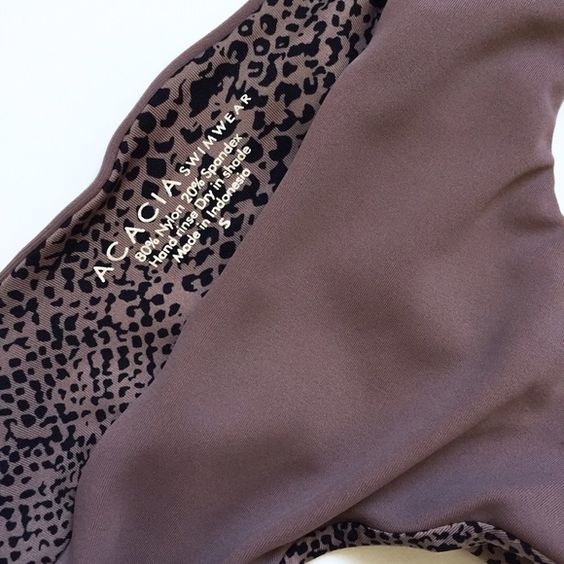
Fabric UK is your destination for all types of fabric. Whether you’re searching for fabric samples or purchasing by the meter, we make it easy to find exactly what you need.
You can order: Samples, Wholesale, Fabric by the meter
Fill Form for Free fabric samplesSimply visit our website at fabricuk.com or call us directly at 0121 359 2349 for any questions or inquiries.
Visit Our Fabric Showroom
Feel free to visit our fabric showroom anytime – no appointment is necessary!
KBT LTD, Carlton Business Centre, 132 Saltley Road, Birmingham, B7 4TH, United Kingdom
Email Us:
You can reach us at: info@fabricuk.com
Showroom Hours:
- Monday – Friday: 9:30 am – 6:00 pm
- Saturday: 10:00 am – 5:00 pm
